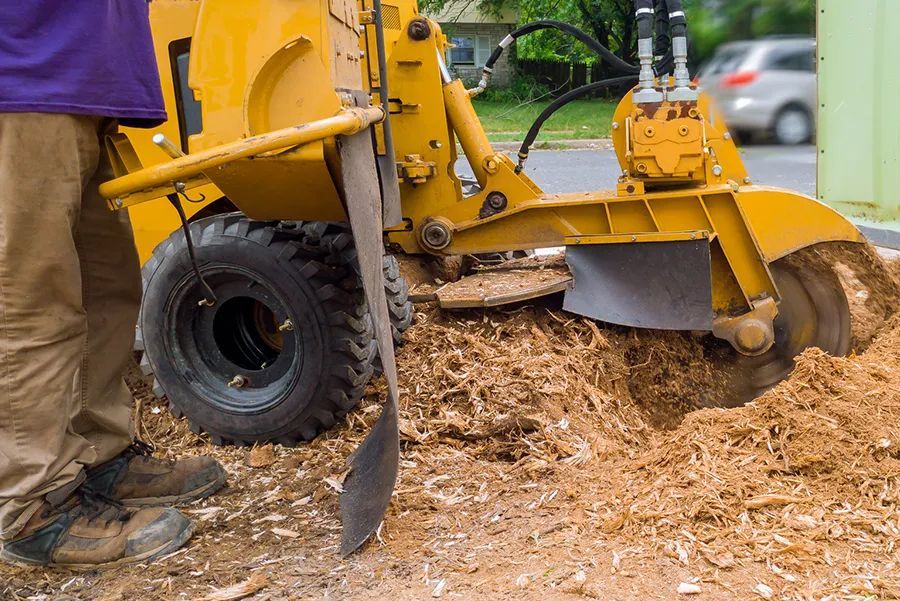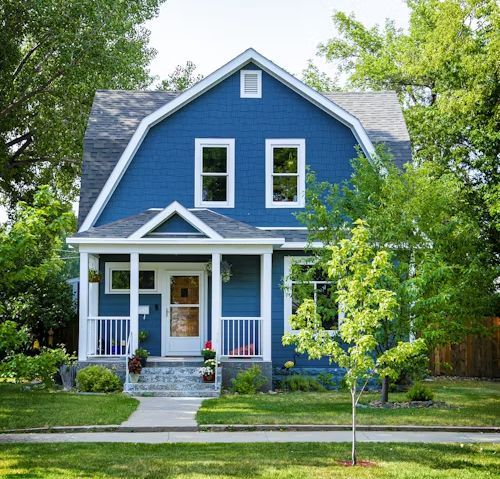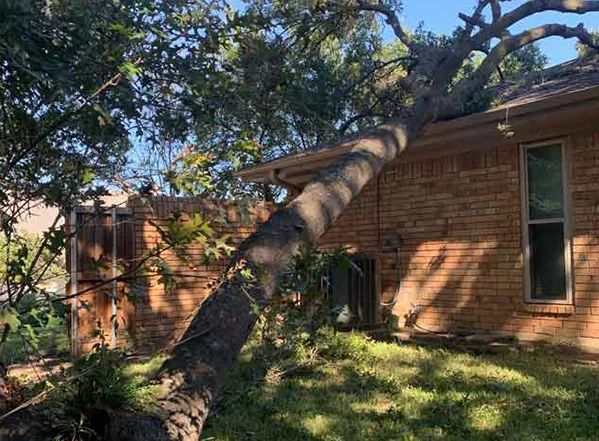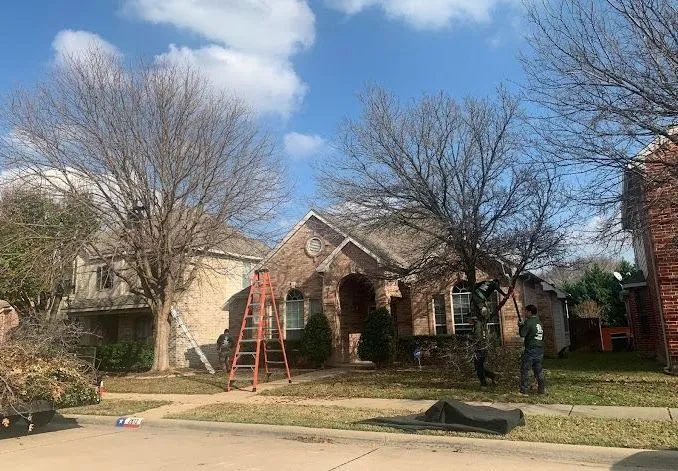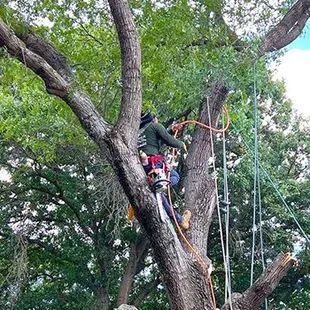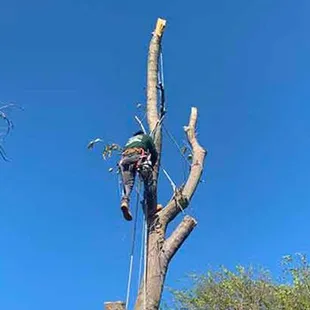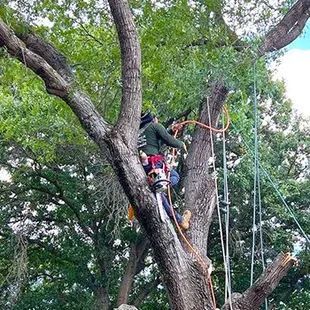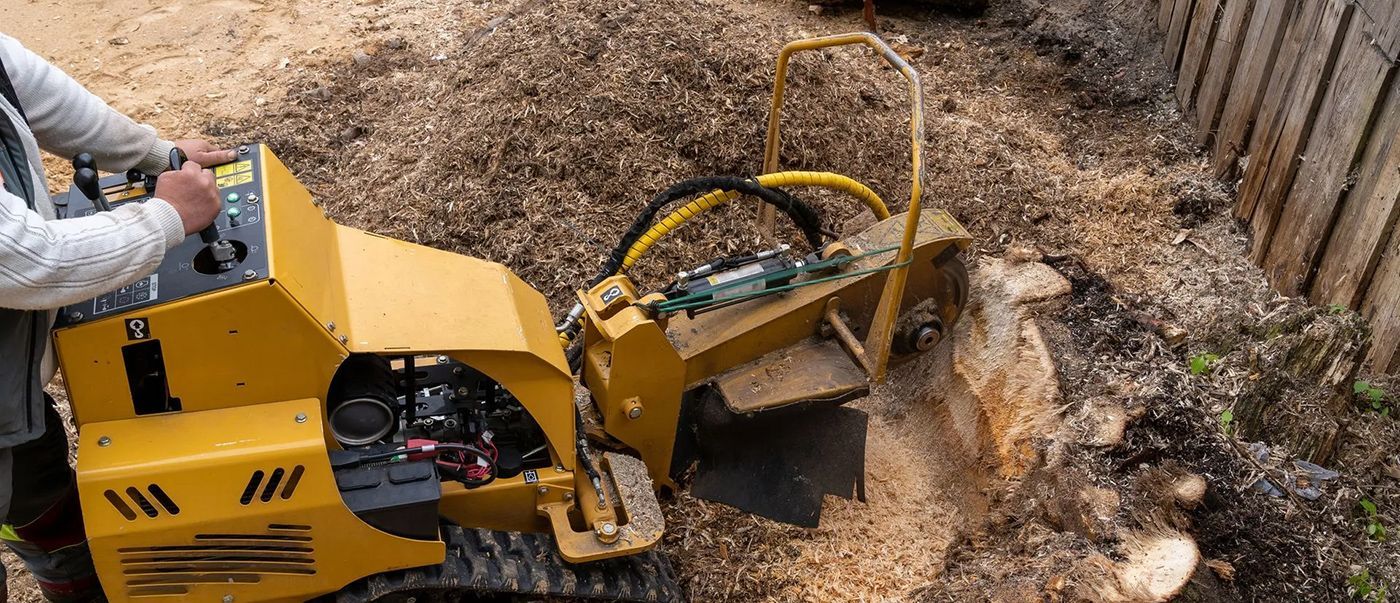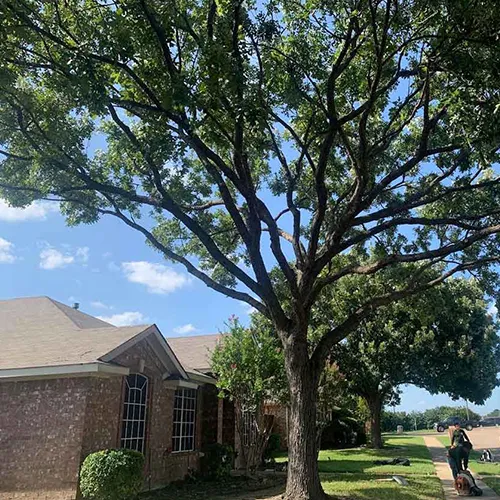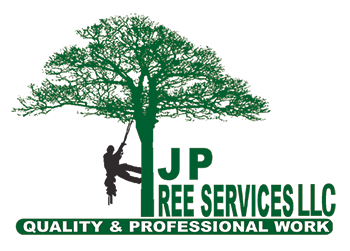What are the general signs that a tree has a disease?
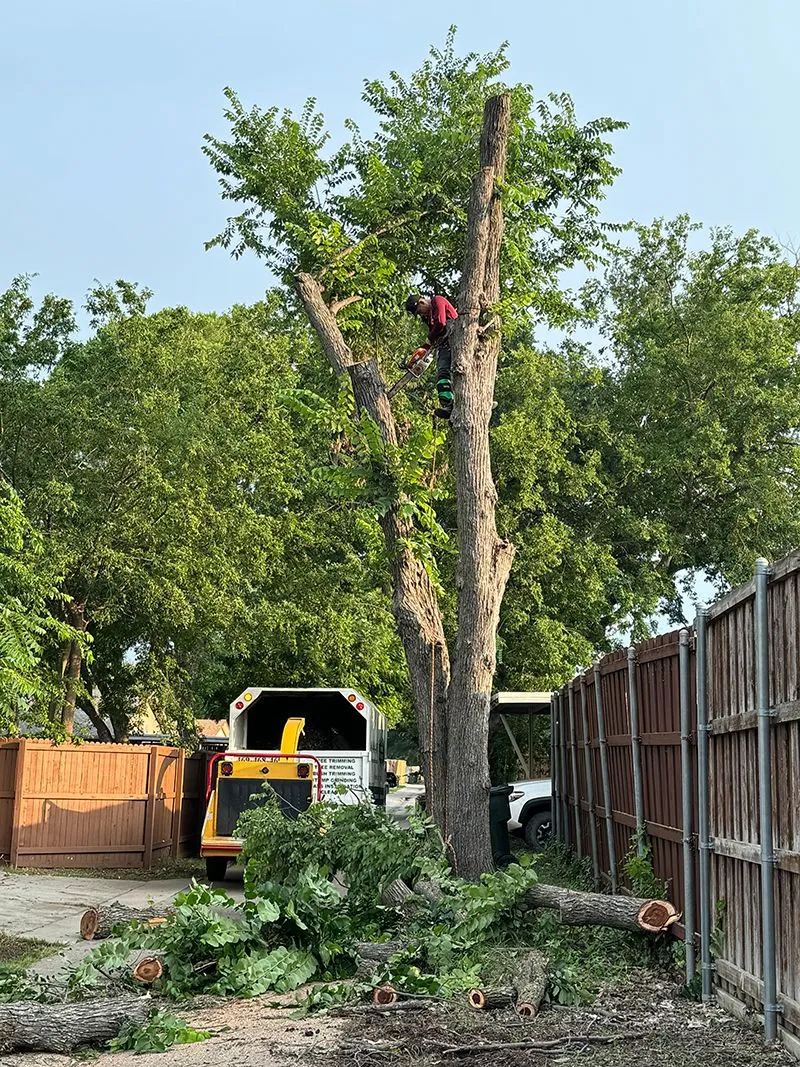
Recognizing the early signs of a tree disease can often save the tree and prevent the problem from spreading to other plants in your yard. However, in other cases, the tree may need to be removed because the disease has decimated the tree’s health, making it susceptible to toppling over. At J P Tree Services, we can identify diseased trees and determine whether they should be safely removed. Here are five signs that may indicate your tree is diseased.
Discolored or Spotted Leaves
Yellowing, browning, or the appearance of spots may indicate fungal infections or nutrient deficiencies. In some cases, leaves may also develop unusual textures, such as a powdery or sooty surface. When such symptoms are present, it’s important to determine whether the issue is related to a disease like anthracnose or if it’s caused by pests or environmental stressors.
Bark Damage and Cankers
The bark of a healthy tree should be firm and free of deep cracks or holes. If you notice peeling, splitting, or the presence of sunken areas called cankers, your tree could be suffering from a disease. Cankers can be dangerous as they can weaken the tree's structure and make it more susceptible to further infections or infestations. Bark damage might also allow pathogens to enter, worsening the issue.
Unusual Growths or Fungal Presence
Fungi growing on or around a tree is often a sign of disease. Mushrooms or unusual lumps on the trunk may indicate internal rot or decay. These growths can weaken the tree’s structural integrity and increase the risk of branches breaking off. If you see fungi, it’s a good idea to have the tree inspected by a professional arborist to determine the extent of the damage.
Dead or Dying Branches
Dead branches are more than an eyesore—they’re often a sign of a tree in distress. While occasional dead branches can occur naturally, a pattern of consistent dieback may point to diseases such as oak wilt.
Poor or Stunted Growth
A diseased tree often grows at a much slower rate than its healthy counterparts. You may notice fewer leaves or reduced fruit production. This stunted growth is often caused by root damage, nutrient deficiencies, or systemic infections. Comparing your tree’s growth to similar trees in the area can help you identify if something is amiss.
Arborist in Dallas
When you need an arborist in Dallas and the surrounding area, contact J P Tree Services at
(945) 235-2029. Feel free to give us a call to
request an arborist estimate in Dallas, TX!
